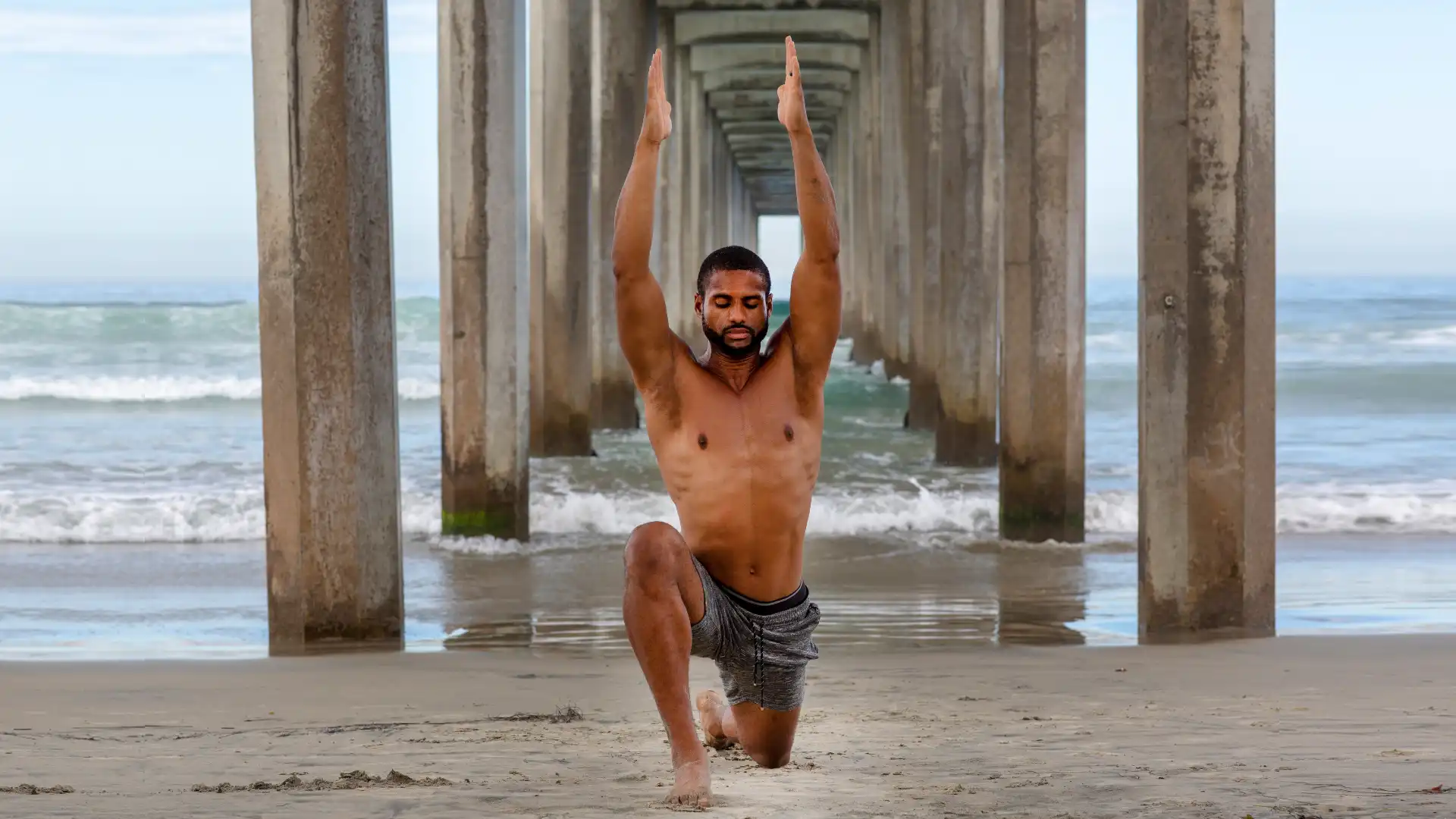Keys to a Mindful Yoga Practice – Finding Ease in Every Asana

Progressing with asana requires not only strengthening the body but focusing the mind. Yoga provides a framework of techniques that help to foster and enhance self-awareness. This greater degree of self-awareness only becomes possible via fostering relaxation in every pose.
Working toward a “balance of activity and passivity” (B.K.S. Iyengar; Light On Life, 2005) provides a pathway through which the individual can navigate toward being more clearly aware of internal states, and hence more conscious.
The Benefits of Relaxing in a Pose vs. Forcing
Forcing a pose and holding excessive amounts of muscle tension can lead to feeling easily fatigued. It can also result in injury.
Holding an asana for an extended period (as is customary in Iyengar yoga), among other things, serves to highlight muscles that are being held with excess tension. It may be hard for an individual to sustain a posture with the correct alignment. 
Therefore the challenge is to find a way to release and let go in the pose. Through this process of balancing activity and passivity, muscle tension reduces.
When “static” and discomfort that result from muscular tension dissipates, subtle internal experiences are more readily perceived. The practitioner starts to become more aware of unconscious habits and patterns.

How to Foster Relaxation in Each Pose
Ongoing practice fosters an enhanced capacity for conscious control of body and mind. This is a fundamental aspect of the philosophy and practice of yoga and leads the way toward pranayama (breath control).
There are many practical points that can assist in fostering relaxation in each pose:
-
Try using an exhalation to release into the pose.
-
Once in the final shape of the pose, try to release all muscle tension that you are aware of.
-
Focus on trying to achieve a relaxed quality.
-
Bring your awareness to your head, neck, and face. Is there tension in these areas? Are you holding tension in your tongue? In your eyes?
Relaxing these parts of the body can have a direct effect on how relaxed you feel in your mind. Try it out in your next practice and see what you observe.
Study with YogaUOnline and Christine Wushke – Fascia Awareness in Yoga & Movement: Keys to Enhancing Soft Tissue Resilience and Releasing Chronic Tension.
Reprinted with permission from Yoga Selection.
This post originally appeared here.
 Rod Stennard has been practicing yoga for over 26 years and has trained
Rod Stennard has been practicing yoga for over 26 years and has trained
under many of the most senior Iyengar teachers from around the world. He is
the founder of Yoga Selection – a world leading online platform specializing in
teaching Iyengar yoga online. Rod has an interest in yoga therapy and is
passionate about helping people from all backgrounds and levels of ability to
access the benefits of yoga. He has strived to make Iyengar Yoga affordable
and accessible to everyone. With Yoga Selection members in over 50
countries worldwide, this vision is being realized.



